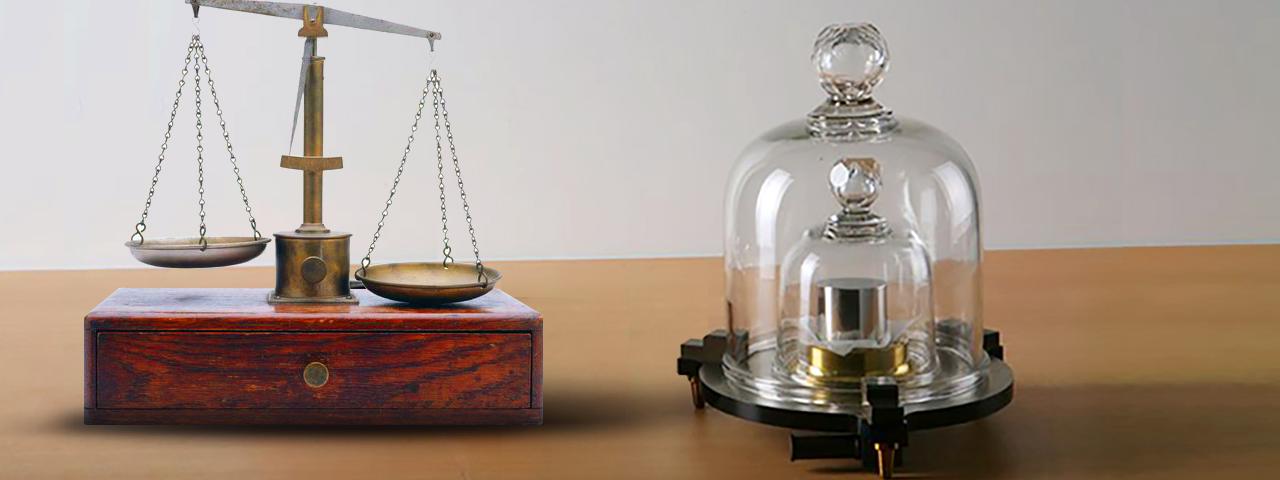A novel way to precisely measure a kilogram?

We are listed on NYU Shanghai’s news page! Below is the article:
Because of the difficulty in measuring absolute mass, the kilogram is the last physical constant that is still defined in terms of a material prototype, in this case a block of an Iridium-Platinum alloy cast in 1875 and stored ever since in France. . This may all be about to change.
NYU Shanghai Prof. Tim Byrnes and Prof. Jonathan P. Dowling from Louisiana State University have developed a novel way of finding the mass of an atom — addressing an age old problem relating to the very definition of mass.
The new method of measuring the mass takes advantage of measuring the quantum properties of ultracold gases with vortices, or whirlpools, in them.
It is currently possible to accurately measure the ratio of the mass of atoms. Using a device called a Penning trap, scientists can very precisely measure how much heavier one atom is in comparison to another. However, a more challenging task of measuring the absolute mass of an atom can be done with only limited precision.
The research by Byrnes and Dowling show that by imaging the position and velocity distribution of an ultracold gas with vortices in them, it is possible to determine the masses of the atoms making up the gas.
The gas needs to be cooled down to extremely low temperatures — one billion times colder than room temperature – such that a new state of matter called a Bose-Einstein condensate is formed. Although this is even colder than deep space, this is now routinely done in many laboratories in the world.
The idea relies on the same basic effect as that seen in the quantum Hall effect, which allows for extremely precise calibration of resistance. In a similar way, the present discovery could lead to a redefinition of the kilogram by measuring the mass of atoms extremely precisely.See it on Shanghai NYU official website
